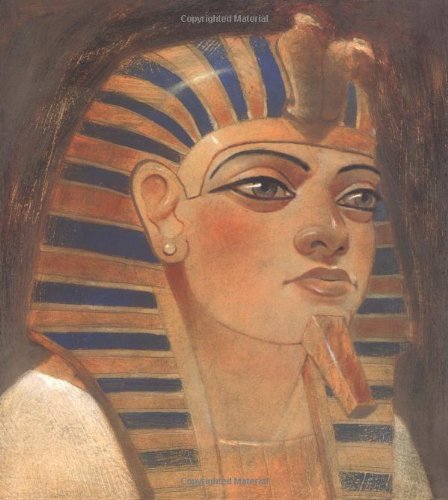Name of Birth: Hatshepsut
Place of Birth: Thebes,
Egypt
Date of Birth: c. 1508 BCE
Place of Death: Egypt
Date of Death: c.
1458 BCE
The only child born to the Egyptian
king Thutmose I by his principal wife and queen, Ahmose, Hatshepsut was
expected to be queen. After the death of her father at age 12, Hatsheput
married her half-brother Thutmose II, whose mother was a lesser wife -- a common
practice meant to ensure the purity of the royal bloodline. During the reign of
Thutmose II, Hatshepsut assumed the traditional role of queen and principal
wife.
Hatshpsut was the first female
pharaoh in history and she made it through many obstacles. She governed the Egypt for 22 years on her own. At that time,
Egypt was one of the richest. To remain in the government she made use of her
relations with her Father, that at first agreed with it, since her son Thutmose
III (son of Thutmose II) was too Young and couldn’t reign yet. Initially,
Hatshepsut bore this role traditionally until, for reasons that are unclear, she
claimed the role of pharaoh. Technically, Hatshepsut did not ‘usurp’ the crown,
as Thutmose the III was never deposed and was considered co-ruler throughout
her life, but it is clear that Hatshepsut was the principal ruler in power.
She started to wear the false beard
and trousers just like the pharaohs as a way to confirm her authority as
regent, not to trick people by thinking she was a male. Hatshepsut’s successful
transition from queen to pharaoh was, in part, due to her ability to recruit
influential supporters, and many of the men she chose had been favored
officials of her father, Thutmose I. One of her most important advisors was
Senenmut. He had been among the queen’s servants and rose with her in power,
and some speculate he was her lover as well.
During her reign, Egypt prospered. She promoted
an administrative innovation and commercial expansion. Unlike other rulers in her dynasty, she was
more interested in ensuring economic prosperity and building and restoring
monuments throughout Egypt and Nubia than in conquering new lands. She built
the temple Djeser-djeseru ("holiest of holy places"), which was
dedicated to Amon and served as her funerary cult, and erected a pair of red
granite obelisks at the Temple of Amon at Karnak, one of which still stands today.
Hatshepsut also had one notable trading expedition to the land of Punt in the
ninth year of her reign. The ships returned with gold, ivory and myrrh trees,
and the scene was immortalized on the walls of the temple.
At the same time that
she made changes in Egypty, she took care of Thutmose III’s education. She sent
the boy to tha Amon’s temple where he was educated to become the next regent.
To ensure her authority she didn’t
spend efforts to keep the boy away from the throne. She did even tried to marry
him with one of her daughters from her marriage with Thutmose II. However, with
princess’s death, her power was weakened. As head of the Army, Thutmose III
claimed his rights, specially his title as pharaoh. But he only received that
after the queen’s death, in early February of
1458 B.C. of unknown causes. Her remains were never found until recently in 2007. Late in his reign, Thutmose III began
a campaign to eradicate Hatshepsut’s memory: He destroyed or defaced her
monuments, erased many of her inscriptions and constructed a wall around her
obelisks. While some believe this was the result of a long-held grudge, it was
more likely a strictly political effort to emphasize his line of succession and
ensure that no one challenged his son Amunhotep II for the throne

No comments:
Post a Comment